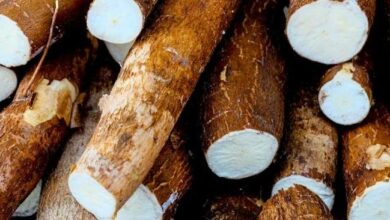Is Your Mango Carbide-Free? 4 Simple Tricks to Check

During the scorching summer heat, a refreshing glass of mango drink offers a brief reprieve, making mangoes a cherished aspect of the season for many. With over 1500 varieties worldwide, including six to eight different types commonly found in Indian fruit shops, mangoes vary in taste, texture, and aroma. However, the key consideration lies in whether the fruit is naturally ripened or artificially treated.
Organic mangoes ripen naturally after maturation, while artificially ripened ones undergo premature ripening using chemicals like calcium carbide. When exposed to moisture, calcium carbide generates acetylene gas, mimicking the natural ripening process. However, this method poses serious health risks, including neurological disorders and ulcers, leading to its prohibition by the Food Safety and Standards Authority of India (FSSAI).
To discern artificially ripened mangoes, several simple tests can be conducted. Firstly, visually inspect the fruit for unnaturally uniform appearance and absence of insects, indicative of chemical treatment. Additionally, the water test involves placing the mangoes in water; if they float, it suggests artificial ripening. Moreover, taste and weight differences between artificially and naturally ripened mangoes can be observed. Finally, the matchstick test involves cautiously bringing a lit matchstick near the mango; if it catches fire or sparkles, it likely contains calcium carbide.
To eliminate carbide residue, thorough washing under running water and soaking in a vinegar-water or baking soda-water solution for 15 minutes is recommended. These simple measures ensure the safety of consuming mangoes while preserving their natural flavors.






